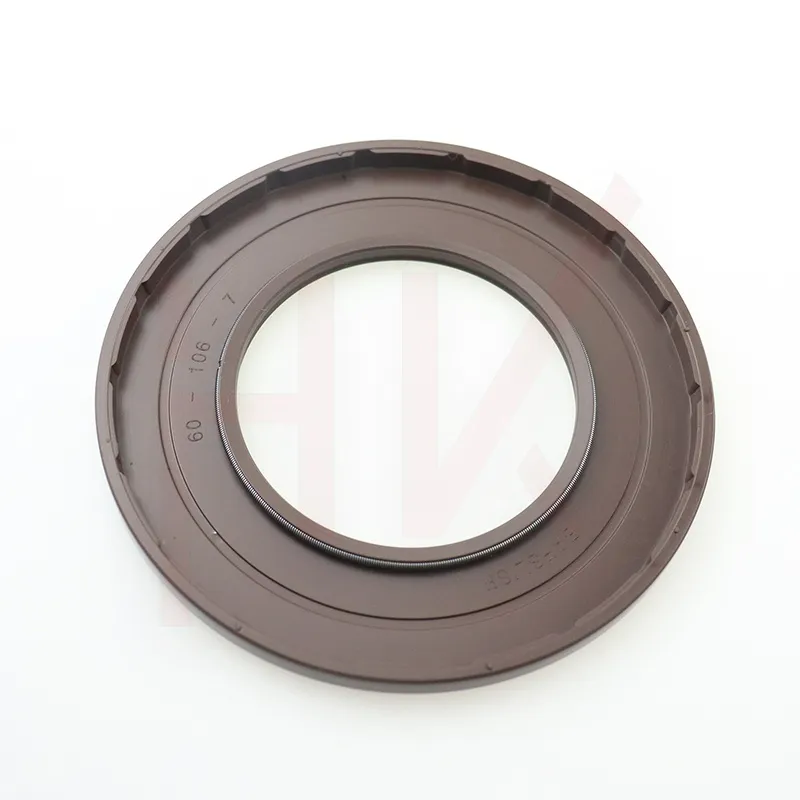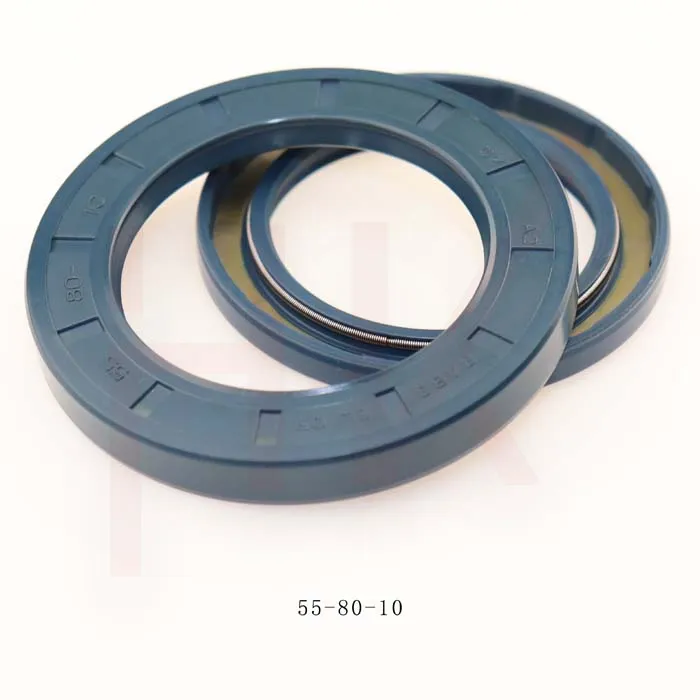Jan . 14, 2025 12:11 Back to list
oil seal tcv


For applications in extreme cold or where flexibility is paramount, Silicone rubber is unmatched. It retains its elastomeric properties at temperatures as low as -60°C. Additionally, silicone has excellent thermal stability up to 200°C and good resistance to ozone and weathering. These characteristics make it invaluable in aerospace and food processing equipment where stringent requirements prevail. Ethylene Propylene Diene Monomer (EPDM) is another viable choice, particularly in applications involving water or steam. It's highly resistant to water, making it ideal for hydraulic systems exposed to moisture or steam. EPDM also stands up well to heat, light, and ozone exposure. However, its performance decreases when in contact with petroleum-based fluids and greases. Material selection for hydraulic oil seals should also consider hardness, a factor influencing both static and dynamic seal performance. The right hardness ensures a balance between flexibility and durability. A softer seal provides better leakage control while a harder seal might withstand higher pressures without deforming. Ultimately, the decision on the right hydraulic oil seal material hinges on a keen understanding of the operational environment, the properties required to withstand the application’s challenges, and a strategic weighing of cost versus longevity. Consulting with manufacturers or material experts offers valuable insights and further assurance that the best choice is made for your specific hydraulic needs. Prioritizing material integrity and suitability will not only extend the life of the seals but also protect the equipment, optimizing performance and productivity across its lifecycle.
-
TCN Oil Seal Metal Ring Reinforcement for Heavy Machinery
NewsJul.25,2025
-
Rotary Lip Seal Spring-Loaded Design for High-Speed Applications
NewsJul.25,2025
-
Hydraulic Cylinder Seals Polyurethane Material for High-Impact Jobs
NewsJul.25,2025
-
High Pressure Oil Seal Polyurethane Coating Wear Resistance
NewsJul.25,2025
-
Dust Proof Seal Double Lip Design for Construction Equipment
NewsJul.25,2025
-
Hub Seal Polyurethane Wear Resistance in Agricultural Vehicles
NewsJul.25,2025
-
The Trans-formative Journey of Wheel Hub Oil Seals
NewsJun.06,2025
Products categories
















